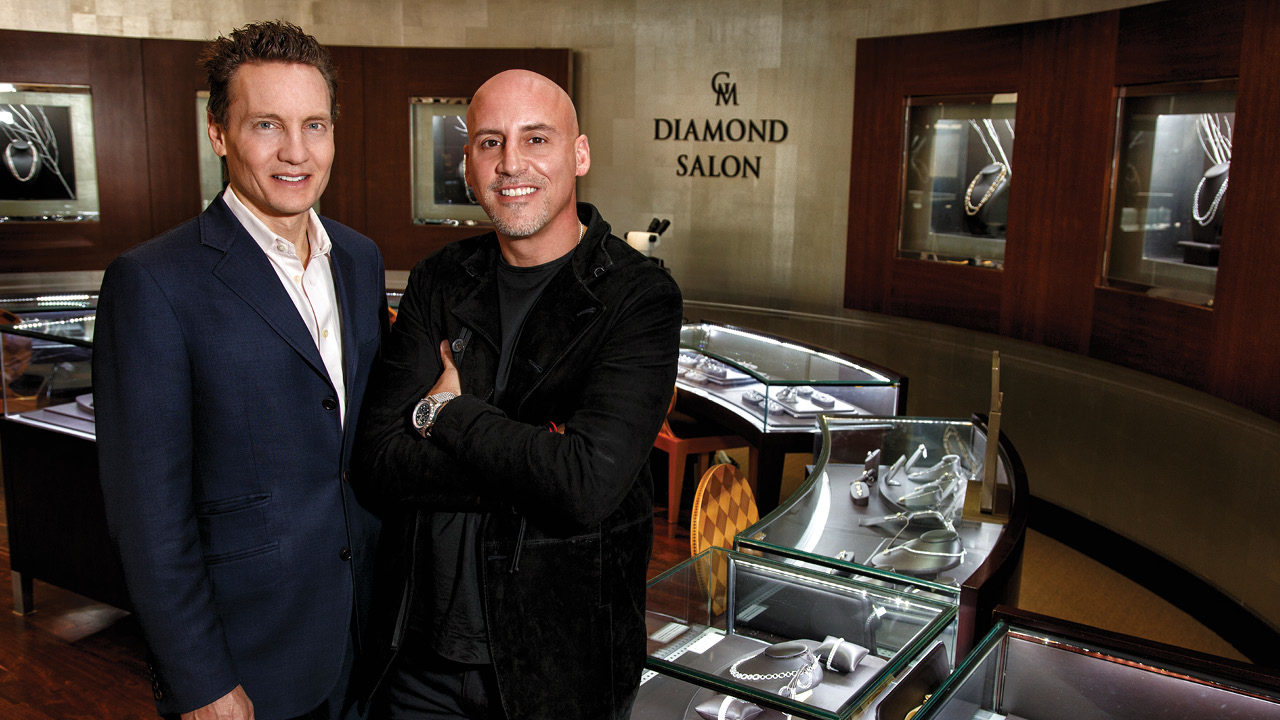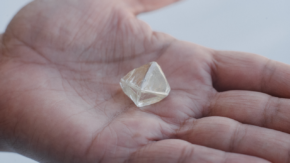New Jersey’s Gary Michaels Fine Jewelry is building on a family tradition of excellence.
Third-generation jeweler Michael Littman remembers picking up diamonds in his grandparents’ jewelry store. But it was their dedication to integrity and customer service that made the most enduring impression. That legacy is at the core of Gary Michaels Fine Jewelry in Manalapan, New Jersey.
In 1928, Rose and Hy Littman opened Littman’s Jewelers in Brooklyn, New York. Their sons, Herb and Len, later operated the business, which evolved into a mall-based chain across several states. After “explosive growth” in the 1980s, it became the “largest privately owned and operated store in the country” and later sold to Fred Meyers Jewelers, Michael Littman explains.
At the time, he and his cousin Gary, who co-own Gary Michaels, were “young guys, passionate about the business,” but bound by a three-year non-compete clause. Then, a barbecue on the Jersey Shore served up more than food, Littman recalls: “We learned about a location in Manalapan, about an hour from New York City. One week later, we bought the land, and in 2002, we opened our freestanding store that was designed from scratch.”
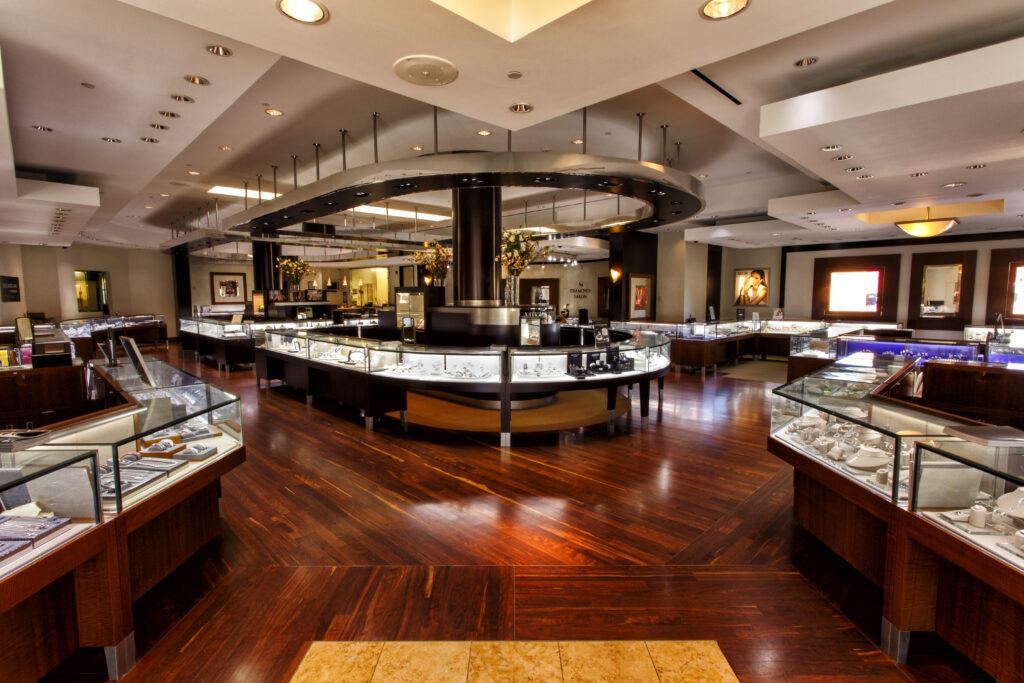
The Gary Michaels Fine Jewelry store in Manalapan, New Jersey.
Strategic initiatives
From the start, they had a well-defined strategy. “We decided to go high-end with a luxury store that would be reflected in both the product selection and décor,” says Littman. And rather than focus predominantly on bridal, they opted for a hybrid model. Sales are “pretty much split” into one-third bridal, one-third fashion and one-third watches, he estimates. The store attracts a broad demographic and a generally affluent customer.
Citing the influence of his father, Len — an “incredible” diamond merchant who taught him how to evaluate stones — Littman looks at buying diamonds from a broad perspective. Jewelers often take a “cookie-cutter approach” to selecting loose diamonds, he believes. “Everyone wants to buy a triple Ex with no fluorescence, but it is important for us to provide more variety. There can be beauty and tremendous value to the customer in a stone that isn’t your typical triple Ex, G, VS2.” He adds that “we always turn our goods and make a profit.”
In the bridal sphere, he has observed a trend toward larger stones and higher-quality mined diamonds. The average center stone for bridal is approximately 1.50 carats. But lab-grown “really took off last year,” says Littman, who began selling it on a limited basis about three years ago. “It’s a mistake not to give customers what they want as long as there is integrity and transparency behind it.”
While the lab-grown customer tends to be younger and more budget-minded, Littman has seen an unexpected expansion of that base to include customers with greater discretionary income, who favor the larger size and lower expense of lab-created stones. He anticipates further growth in the segment.
RELATED READING
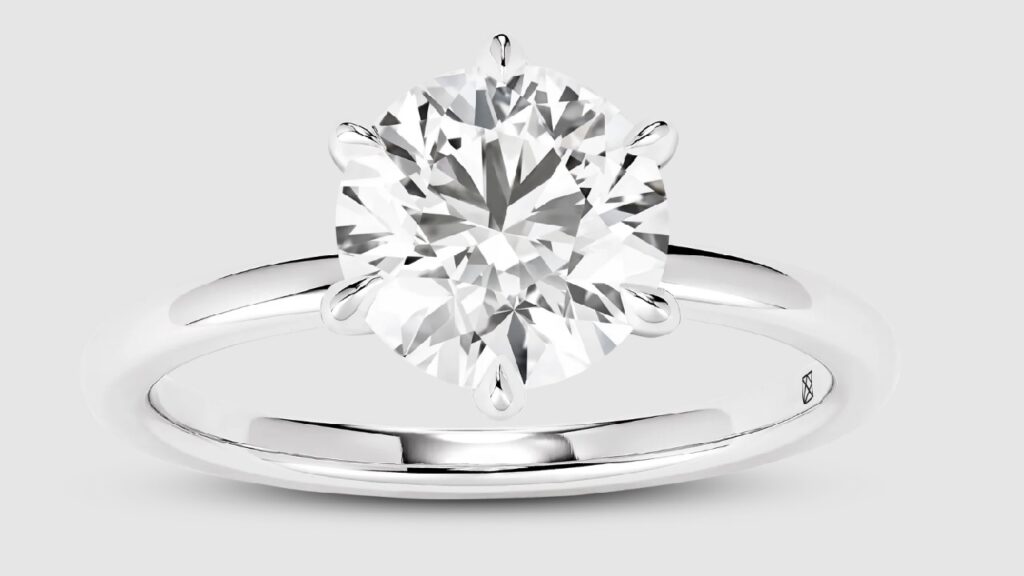
A modern ambience
The interior design was strategically planned to create “a wow effect.” Littman’s late mother, Barbara — an architect — was instrumental in achieving the store’s “very cool vibe,” he says.
“The décor had to match our culture, which is comfortable and inviting,” he explains. But practicality was also an important criterion. “We wanted something modern that would not need to be redone in 10 years.”
Gleaming hardwood floors and sophisticated architectural detail set the stage, and a skylight adds soaring height to the 6,000-square-foot store. All the cases, including two expansive horseshoe ones, are made from solid exotic wood and glass with steel accents. A curved section on one side of the store is dedicated to bridal, creating a more private space. Following a trend for prestige watches, Cartier, Omega and Breitling have their own boutiques within the store.
RELATED READING
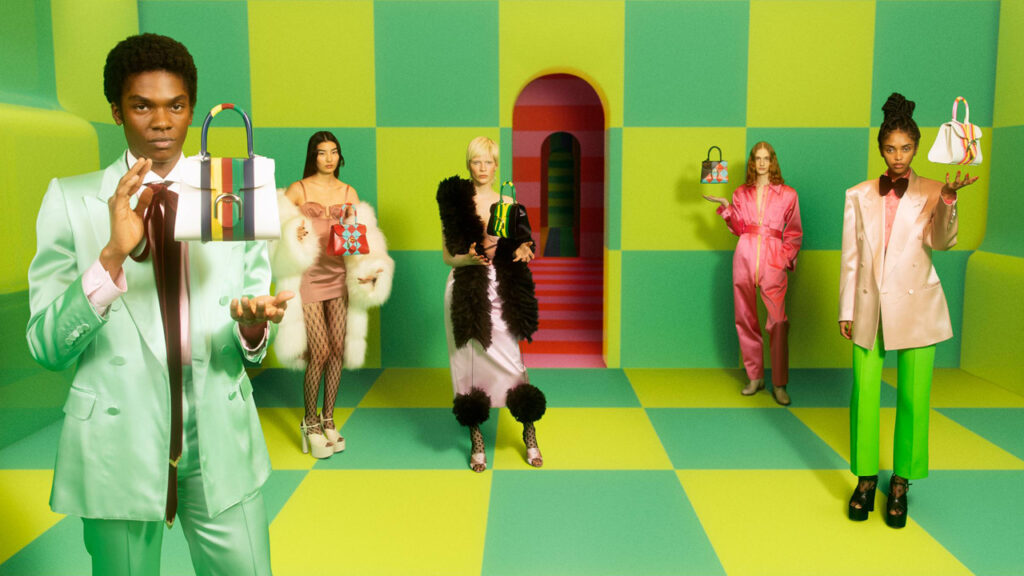
Post-pandemic future
Littman has identified a huge opportunity in custom work. “Design customization has increased dramatically over the last year and a half. I [expect] this to continue, as younger customers especially desire their own curated piece or engagement ring.” He points to advances in computer-aided design (CAD) and other technology that will further this trend.
But he foresees challenges as well in the year to come.
The pandemic created a “seismic shift” in customer psychology that translated into a “buy now” mentality, he says. He contrasts this with the 2008 financial crisis, when “customers were on the fence about buying something, because they were worried.” Even after that recession abated, customers still had a lingering sense of “doubt lurking in the back of their minds about making a major purchase.” But the reaction to Covid-19 was the opposite.
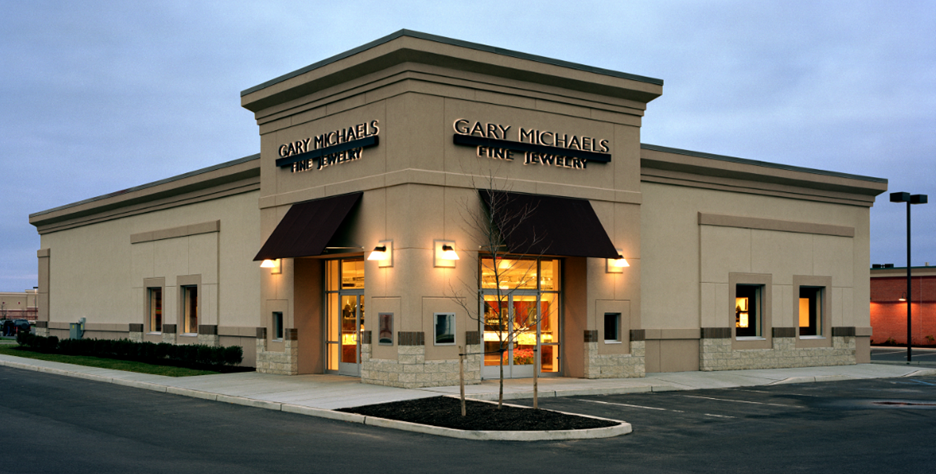
The Gary Michaels Fine Jewelry store in Manalapan, New Jersey.
“It wasn’t just the easy money and no place to spend it,” says Littman. “People didn’t hesitate to treat themselves because of fear of Covid-19. Their attitude became, ‘So what if I want to spend another $1,000 to get something nicer?’”
Meanwhile, supply-chain issues have largely been resolved, he adds. “Brands are catching up with shipping, and inventories are starting to get higher. Combined with the unpredictable macro factors, we may see a softening of the economy going forward.”
While he’s still ahead for the year in terms of sales, Littman anticipates a bit of a “rocky road” in 2023. But a point in the store’s favor is that “we treat people right — customers and the people who work for us,” he says. “We always try to take it up a notch. Next year, we might have to take it up still another notch because of those challenges.” And they’ll have a strategy for that.
Main image: Company founders Gary (left) and Michael Littman. (Gary Michaels Fine Jewelry)
